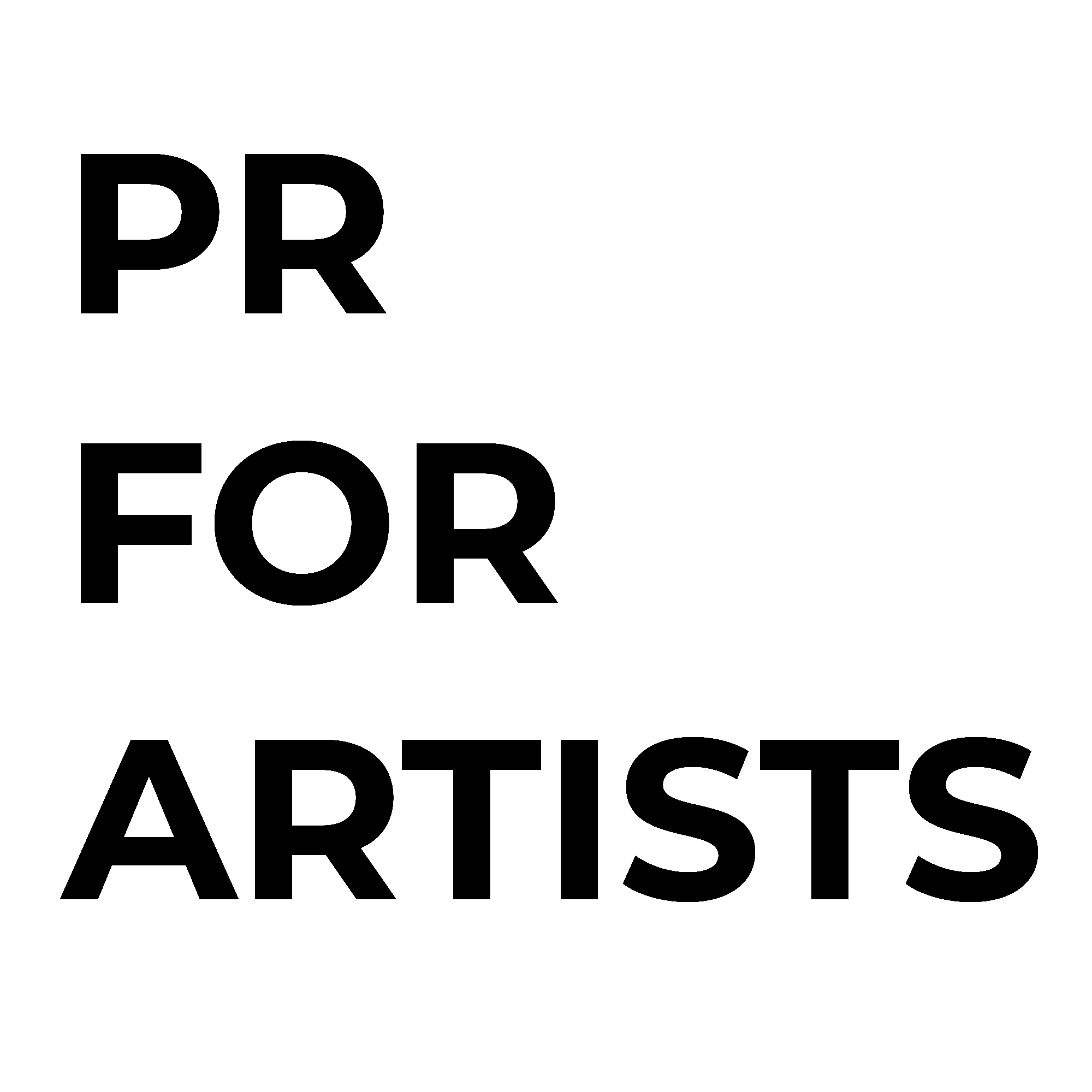If you’ve hired a PR firm, or PR consultant to launch your media campaign, rule number one is work with them. Although the majority of clients we’ve worked with have been great, in over two decades of working in the PR field, I have run into a few who, for whatever reason, seemed set on sabotaging their own campaigns.
As an artist, two media mistakes that you want to make sure to avoid are:
1) Being combative with the media. Although I haven’t run into this often, there have been clients who, for whatever their reasons, chose to be combative with the media. They wouldn’t answer questions, or they’d be unhappy with the questions that were asked, or they would reply in terse one or two word answers. This kind of approach does not serve anyone. The media comes away with a poor story and you, as the interviewee, are shown in a less than flattering light. Very seldom does the media want to fight, (unless you’re in the political realm, and if so, you should be prepared for that). Generally, they want to work with you to come away with an interesting and compelling story.
Now, that does not mean that the media will always ask the questions that you want asked. The trick here is to shift your focus from their questions to your answers. You have no control over the questions the media is going to ask, but you have total control over your responses. This can require some practice, but there are definite ways to respond to a question that is a bit left of center and still bring it back to the topic you want to discuss. For example, if your main objective is to discuss an upcoming show or exhibit and the questions have to do with what artists have influenced your art. You can give a quick two sentence response to that question and then segue into how your current show illustrates how you have (or have not, depending on the situation) incorporated those influences. That is just one example, but you get the idea. Don’t simply avoid or ignore the questions you’re asked. If the questions are not ones you’re looking for, answer them as succinctly as possible and then keep bringing the conversation back to the points you want to cover. You can do this gracefully, without irritating the interviewer and still get your points across.
2) Being available for media interviews. Everyone understands that there can be scheduling conflicts and usually the media will work with you in order to come up with times that work. The one exception here is TV. Generally TV interviews are based solely on their schedule and you can either make yourself available or not. There are some times, that just not possible and, as I mentioned, that’s understandable. But, as much as possible make yourself available to both the media and your PR firm.
If you’re investing in a campaign and your public relations firm calls you to set up an interview – Get Back To Them!
There is nothing worse as a PR consultant than to set up an interview, get a journalist excited about interviewing your client and then have the client disappear. This is what everyone has been working for. But you are the artist. It’s your story. Without you, there is no story. So, be responsive. Work with your representatives. Make yourself as accessible as possible when it comes to interviews.
So, do some media training, even if it’s only with a friend. Run through some practice interviews. Anticipate questions and prepare your answers. Then, when your PR firm calls, as much as you possibly can, be there.
Copyright © PR FOR ARTISTS / Anthony Mora / Aubrie Wienholt 2016
